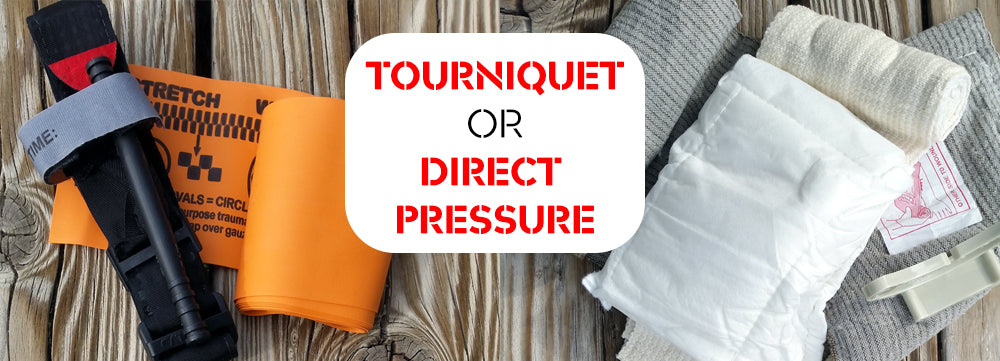MEDICAL ·
Tourniquet VS Direct Pressure

Tourniquet or Direct Pressure?
How do you know which is the right choice when dealing with a traumatic injury?
You will know that a tourniquet is needed to stop the blood flow if:
-There is an amputation of a major limb.
-The blood is bright red and spurting.
-There is obvious massive blood loss.
-If after applying direct pressure the bleeding does not stop.
Remember that a tourniquet can only be applied to a limb, should be placed 2-3 inches above the wound site directly to the skin if possible, and can be extremely painful to the patient. Also be aware that even a small amount of blood can look like a lot and be deceiving. A second tourniquet above the first is sometimes needed.
Direct pressure is the most commonly used bleeding control technique, it can be even more effective when used in conjunction with sterile/hemostatic gauze dressings and pressure bandages. Pressure bandages are great tools to use when you need your hands for other things besides holding direct pressure.
Direct Pressure should be considered when:
-Bleeding occurs where a tourniquet can not be applied.
-Blood is oozing and not spurting, if not an arterial bleed the blood will be a darker color because it is not oxygenated.
-Bleeding is not massive. If when applying direct pressure your gauze dressings are quickly being soaked through consider the use of a tourniquet.
We are often shown in social media that the tourniquet is the end all be all and is the only piece of medical equipment that we should be carrying. While it is a great piece of equipment remember that it is a tool that has its limitations. You should understand the importance of both a tourniquet and direct pressure to be effective in responding to a medical emergency.
Live The Creed,
Jon
How do you know which is the right choice when dealing with a traumatic injury?
You will know that a tourniquet is needed to stop the blood flow if:
-There is an amputation of a major limb.
-The blood is bright red and spurting.
-There is obvious massive blood loss.
-If after applying direct pressure the bleeding does not stop.
Remember that a tourniquet can only be applied to a limb, should be placed 2-3 inches above the wound site directly to the skin if possible, and can be extremely painful to the patient. Also be aware that even a small amount of blood can look like a lot and be deceiving. A second tourniquet above the first is sometimes needed.
Direct pressure is the most commonly used bleeding control technique, it can be even more effective when used in conjunction with sterile/hemostatic gauze dressings and pressure bandages. Pressure bandages are great tools to use when you need your hands for other things besides holding direct pressure.
Direct Pressure should be considered when:
-Bleeding occurs where a tourniquet can not be applied.
-Blood is oozing and not spurting, if not an arterial bleed the blood will be a darker color because it is not oxygenated.
-Bleeding is not massive. If when applying direct pressure your gauze dressings are quickly being soaked through consider the use of a tourniquet.
We are often shown in social media that the tourniquet is the end all be all and is the only piece of medical equipment that we should be carrying. While it is a great piece of equipment remember that it is a tool that has its limitations. You should understand the importance of both a tourniquet and direct pressure to be effective in responding to a medical emergency.
Live The Creed,
Jon



